From Interpreting To Interior Design, This No Strings Attached Program Is Worth The Try
Temple University, Japan Campus' Continuing Education Programs Will Arm You With New Skills
Fast-earned, flexible and reasonably priced, those certificate programs will help you see the world — and yourself — from a brand new perspective.
As I browse through the color palettes, various shapes and color diagrams carefully organized in front of me in the classroom, I think of the countless times I’ve wished I had the skill to design the interior of my house. All my life I’ve relied on ready-made furniture and had imitated model rooms to create my living environment, deluding myself that deep inside me lives a designer who knows how to select the cushions that actually match the curtains. While I’ve never actually wanted to pursue a career in design, I knew that basic knowledge of colors, shapes and layout would help me make my home a cozier place. I also liked the idea of saying “That’s me!” when someone comes over for dinner and praises the design. Yet, being the indecisive human I am, I never acted on my wish.
Recently, however, I was invited to attend a class called “Colors for Interiors,” at Temple University, Japan Campus’ (TUJ) Continuing Education Program, which reminded me of the many available opportunities I have to learn the art of interior design (or anything else for that matter), without spending much time and money on it, and without any pressure of conflicting schedules with my full-time work.

Another kind of Wednesday evening
The Wednesday evening I went to TUJ to attend the class marked a near-two-month anniversary of me either working late, getting anxiety sweat from Black Mirror or attending a work-related event. This Wednesday was about going out of my comfort zone and doing something I wouldn’t usually do: learn about colors.
One of the three core courses of the Interior Design Certificate Program, “Colors for Interiors” was taught by a young professor with a long resume of renovating buildings and designing educational studios in Europe. The class focused on colors and taught us how to understand, match, use and not abuse them.
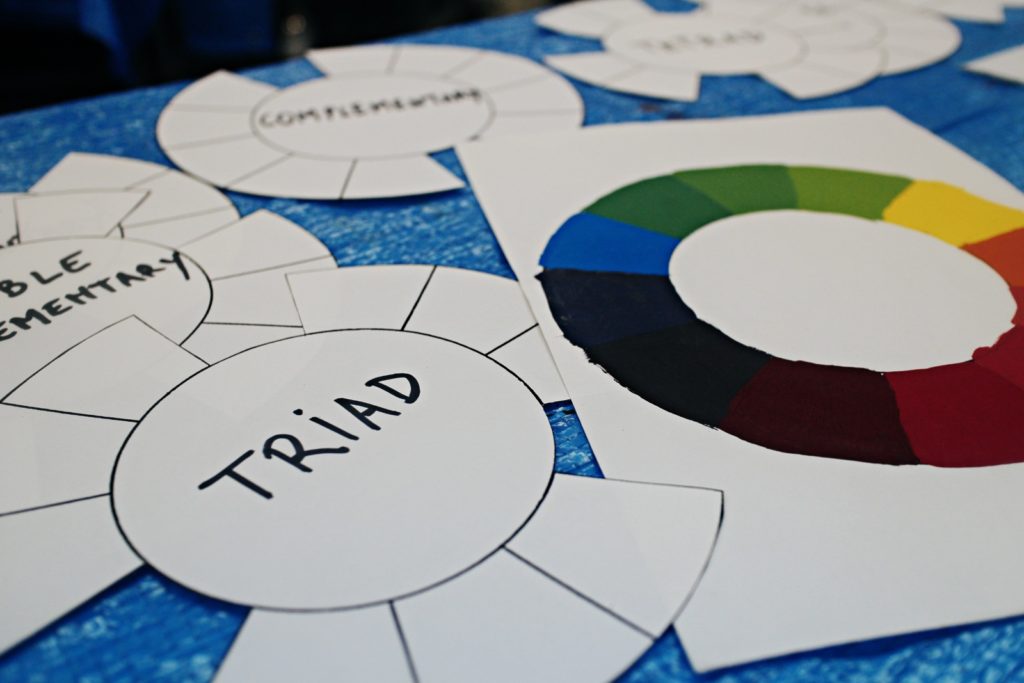
Coming into the fourth class of the semester completely unprepared, I was the awkward student who knew nothing about where to start though ten minutes into it little of that mattered. The friendly students, my classmates for the night, all skillfully painting, mixing and matching colors already, kindly approached me and helped me to get started. Then the instructor came and guided me through the colors, their combinations, and the reasons why complementary colors match well. A few minutes into the exercise I was using tertiary colors and I actually knew what that meant.
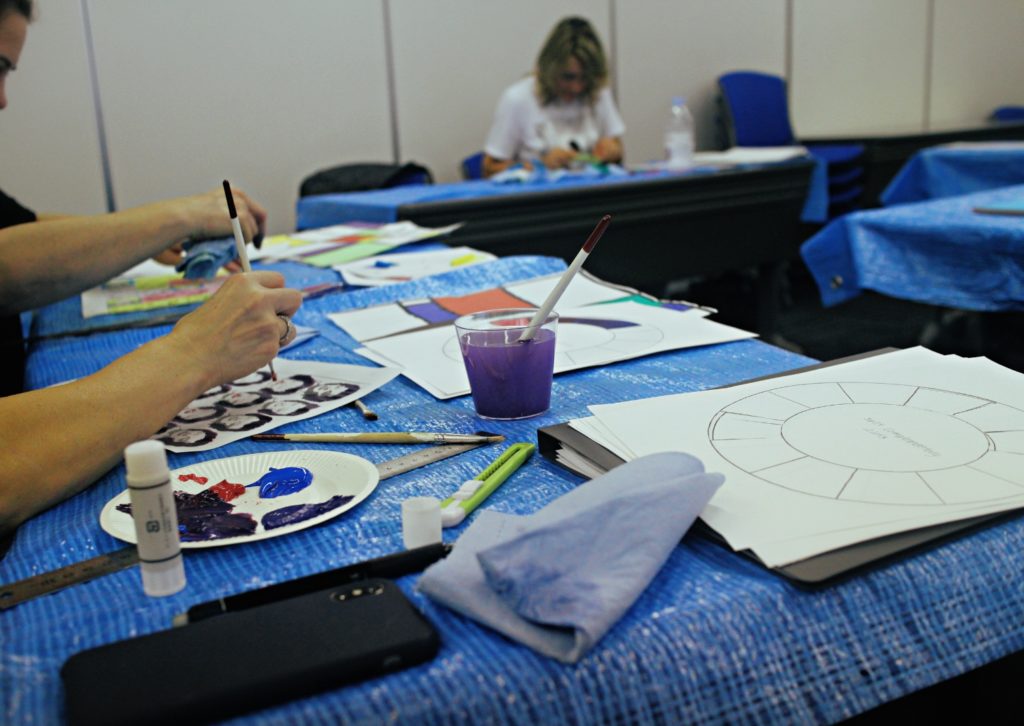
The goal of the class, the instructor tells me, is to create a complete room design, a blueprint of your dream home or office — and I’m totally hooked.
No strings attached
Unlike a typical diploma course that requires you to attend college for four years, take core classes you have very limited interest in and mingle with kids much younger than yourself, TUJ’s Continuing Education’s Certificate Program is a concentrated study program that allows you to learn and master a subject you are interested in and obtain a certificate in as fast as in three months (this, of course, depends on how soon you want to obtain it). The Certificate programs require an average of five courses, three core courses and one to two electives for most certificates, and cover 22 academic areas from Accounting and Finance to Teaching English to Japanese Learners.
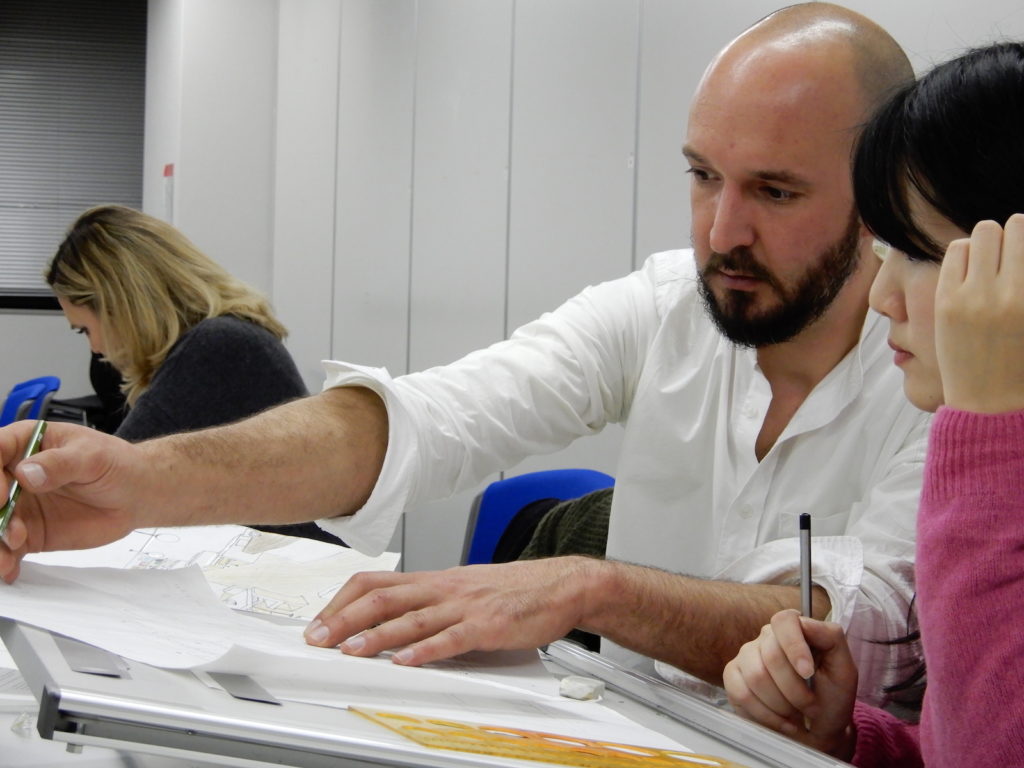
The application process is also easy: you simply need to choose what certificate you’d like to work on, declare it to the administrative department, pay for your classes and start working on it. Once you’ve completed all the requirements, you will be issued the certificate and you’re free to celebrate. The whole program would typically take you two to three semesters and around ¥140,000 to ¥360,000 in total, depending on the number of courses taken.
Different strokes for different folks
In addition to Interior Design, the program offers 21 other certificates in different areas, loosely divided into three main categories: business and corporate management, hands-on skills, and linguistic skills and teaching.
The business category covers everything from Basic Business Interpreting and Document Writing, Branding and Communications, Executive Office Administration, Human Resources Management, I-O Psychology, Project Management, Small Business Management and Leadership Skills Training (if only half the world could take this…), while the skills category lets you choose from Art Photography and Digital Imaging, IT Proficiencies: Computer Graphics and Web Design and Interior Design. The linguistic and teaching category covers Basic Translation Skills and Teaching English to Japanese Learners.

Your classmates come from all different backgrounds and many of them are doing it for their own personal knowledge and lifestyle improvements. There were six ladies in my class and most of them were mothers who wanted to learn a new skill and put their already solid interest in the subject into practice.
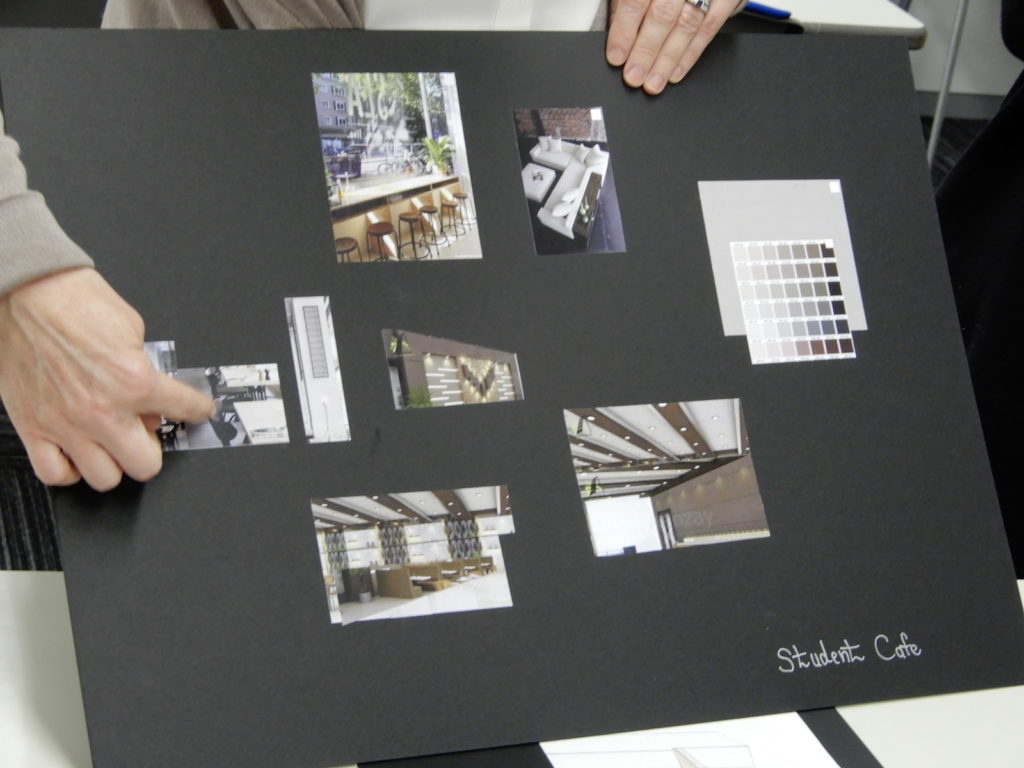
Of course, there are also people who use the certificates to enhance their career. One student who completed the Basic Translation Skills program — which explores various types of translation techniques for diverse purposes, including business, legal, film subtitling and newspaper article translations, began working as a legal translator for a Japanese translation company. Another, who initially enrolled in the program to find a career at a foreign company, decided to switch to full-time freelance translation.
A key point in this successful outcome is also the brand value and the nature of the certificate. Another student from the same program argues: “One of the strengths of this program is that it’s not just a random training course, but a university-certified program, which makes a difference.”
For the rest of the folks, like me, who are actually considering going through the certificate program just to satisfy a few old cravings in life, we might just proudly take our certificates and color them in our true colors — that will, of course, fit perfectly into our new interior. They will be complementary colors, too, and I’ll actually take pride in knowing how those work.
To learn more about TUJ Continuing Education’s Certificate Programs, see here.












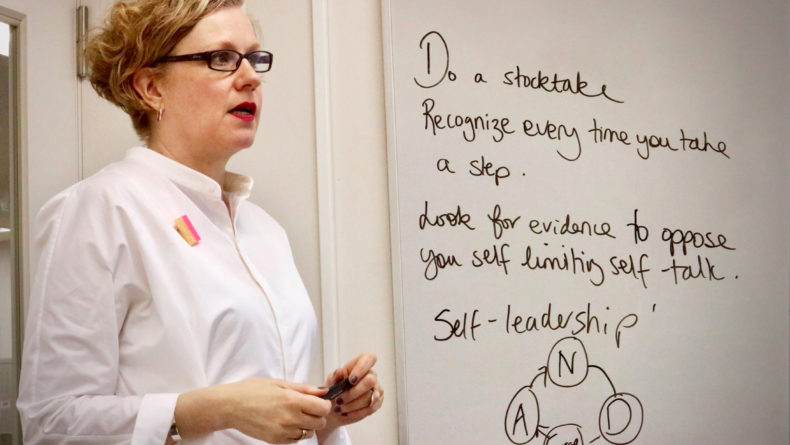
Leave a Reply